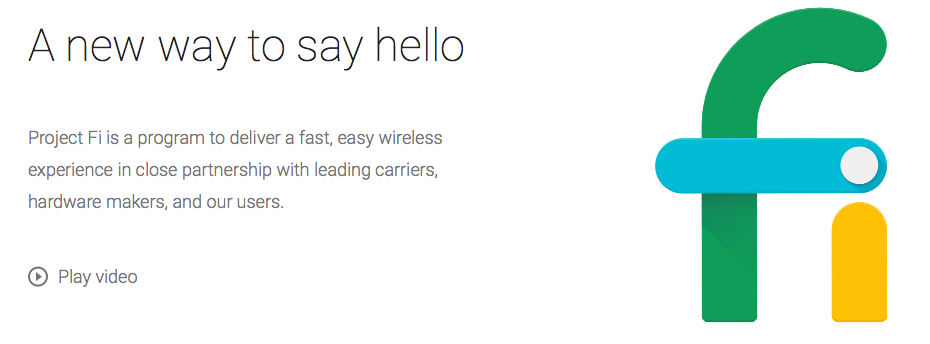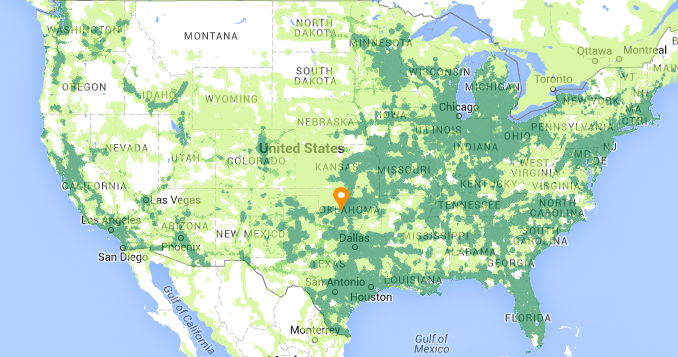“Connection is a human right” – so says Google in an ad for its new mobile phone service dubbed, Project Fi. Priced starting $30 a month, this is going to change everything. Leave it to Google to shake up AT&T, Verizon and the mobile phone space.
Front page news:

This week Google announced a new mobile phone service – available on an invite-only basis – called Project Fi. Combining the global Wi-Fi and 4G LTE networks of the Sprint and T-Mobile networks, Google is officially a mobile phone carrier vis-a-vis AT&T and Verizon. For plans as low as $30 a month (plus tax), you can get unlimited talk, text and a gig of data (pay more if you need more data). There are no contracts and for any unused data, you get a credit back. Talk domestically for free and pay crazy low competitive rates for international calls. One hitch: Only available on Nexus 6 phones…and by invite only…for now. But this is going to change everything.
Read between the headlines:
The days of $100+ mobile phone bills are numbered. As Google continues its quest for world domination, entering even the oddest of places including the world of contact lenses , it has found another business to disrupt – the mobile phone space. Players like Cricket, Sprint and T-Mobile are doing what they can to change the business models that AT&T and Verizon won’t shake. But with Google’s entry, this could be the necessary agent to force the establishment to change.
What makes this compelling is that Google has piggybacked off the the networks of Sprint and T-Mobile to harness their networks and give you access on your Nexus 6 phone ONLY (for the time being) for the meager cost of $30. So you essentially get the POWER OF 2 NETWORKS for 1 low cost, one that undercuts even the partners, Sprint and T-Mobile.
Though the network is spotty in places like Oregon, the coverage is solid. What’s not so cheap is the cost of the phone you need, the Nexus 6, which you purchase directly from Google for $649 because it has the radio technology inside of it to support network hopping. This is the biggest limitation to Project Fi’s getting traction, a perhaps the best signal that Google doesn’t want to be a major player in mobile just yet.

What’s next:
In addition to getting out new phones that can support the Project Fi technology, Google needs to prove it has the ability to serve customers the way mobile phone customers expect – with a live voice. Have you ever tried to get someone from Google customer service on the phone? No? Same here. So it needs to prove to customers it knows the business of on-demand customer care.
But the model is too powerful to ignore and begs the question: If Google can offer mobile service for $30/month, why can’t we demand the same from the big guys?
Request your invitation here: Sign up for Google Project Fi